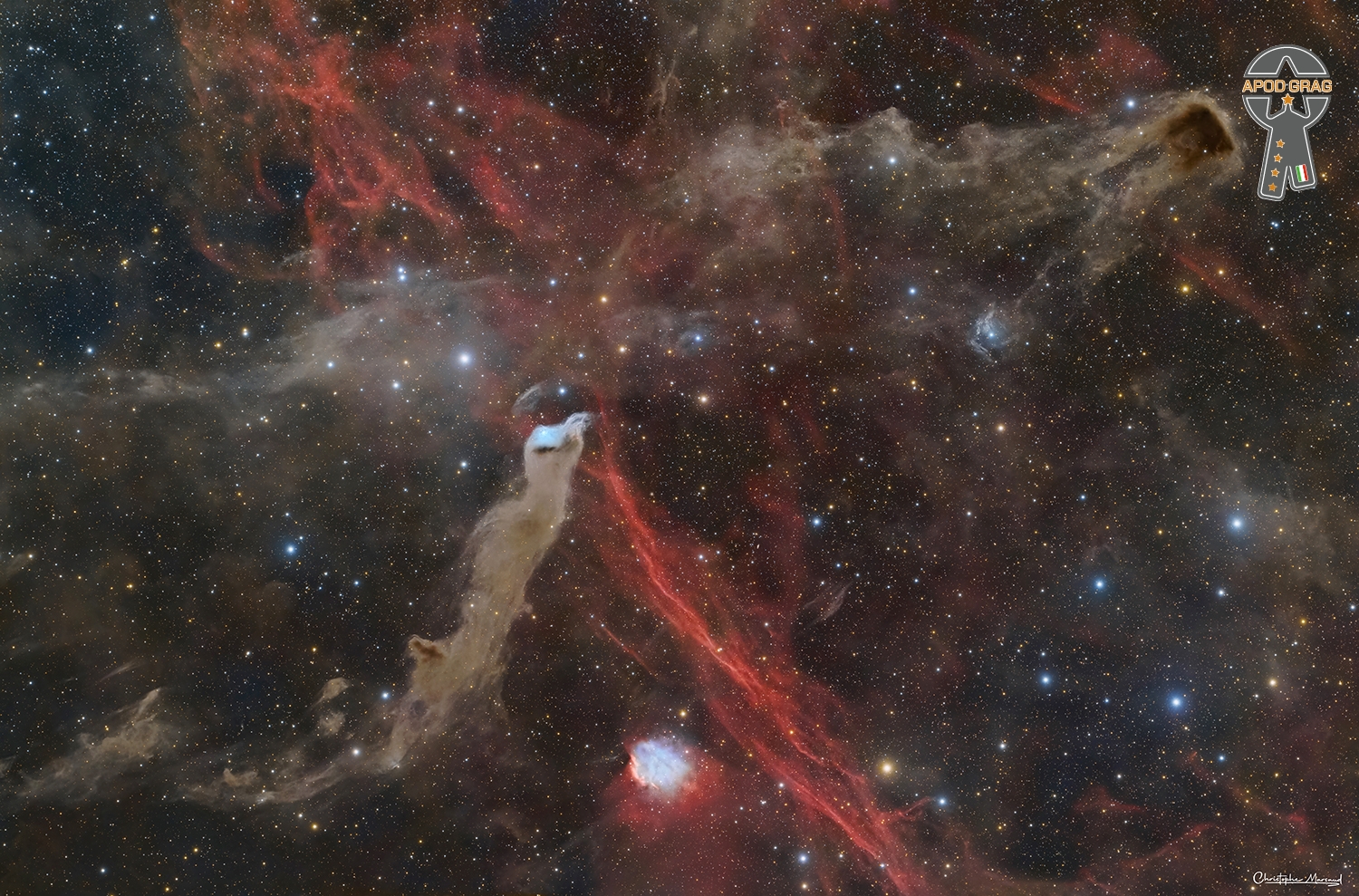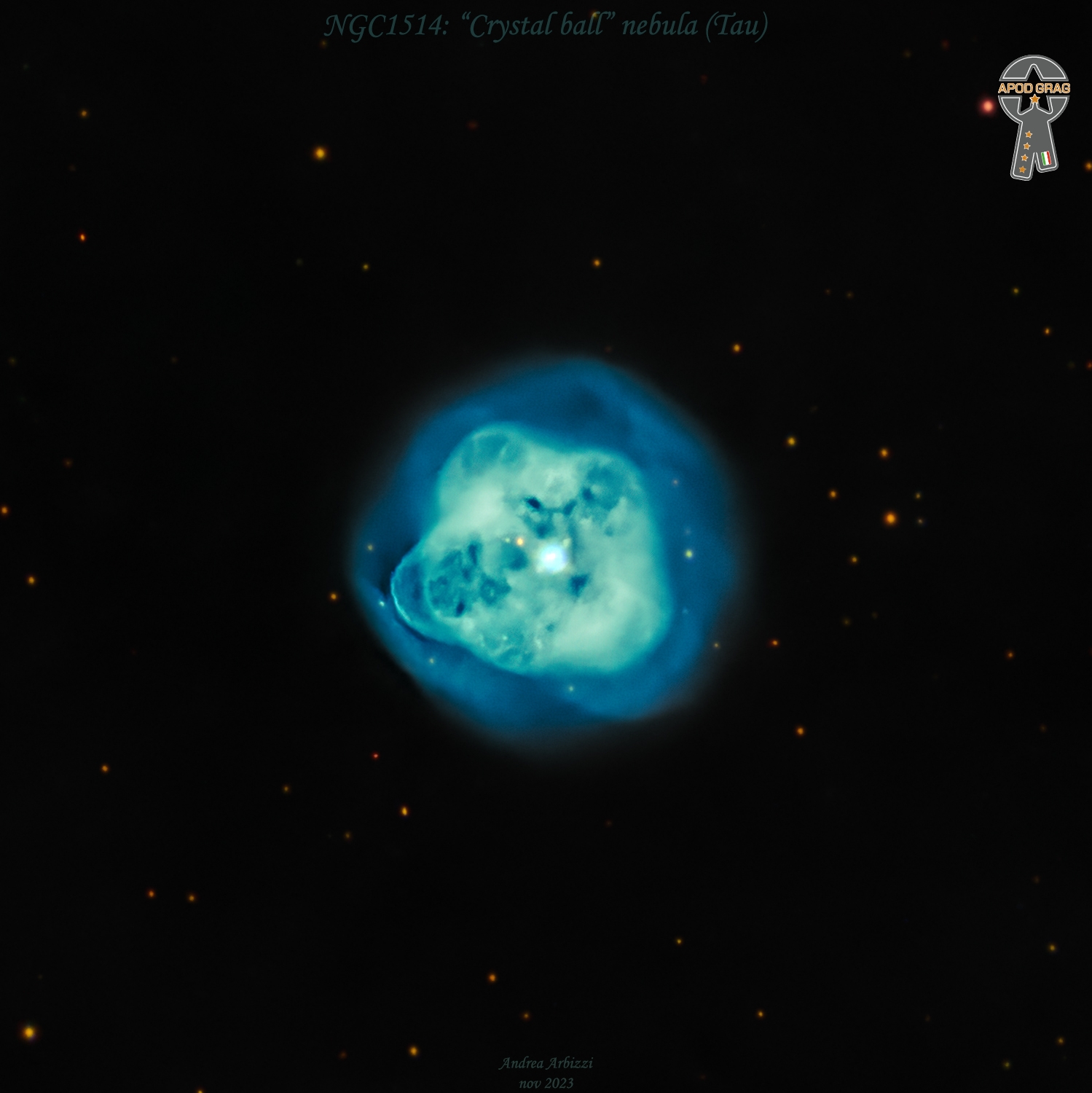Blog
Kenneth Vincent John Wheeler, OC (14 January 1930 – 18 September 2014) was a Canadian composer and trumpet and flugelhorn player, based in the U.K. from the 1950s onwards.
Most of his performances were rooted in jazz, but he was also active in free improvisation and occasionally contributed to rock music recordings. Wheeler wrote over one hundred compositions and was a skilled arranger for small groups and large ensembles.
Wheeler was the patron of the Royal Academy Junior Jazz course.
Wheeler was born in Toronto, Ontario, on 14 January 1930. Growing up in Toronto, he began playing the cornet at age 12 and became interested in jazz in his mid-teens. Wheeler spent a year studying composition at The Royal Conservatory of Music in 1950. In 1952 he moved to Britain. He found his way into the London jazz scene of the time, playing in groups led by Tommy Whittle, Tubby Hayes, and Ronnie Scott.
more...Allen Richard Toussaint January 14, 1938 – November 10, 2015) was an American musician, songwriter, arranger, and record producer. He was an influential figure in New Orleans rhythm and bluesfrom the 1950s to the end of the century, described as “one of popular music’s great backroom figures.”Many musicians recorded Toussaint’s compositions. He was a producer for hundreds of recordings: the best known are “Right Place, Wrong Time“, by longtime friend Dr. John, and “Lady Marmalade” by Labelle. After a lucky break at age 17, in which he stood in for Huey “Piano” Smith at a performance with Earl King‘s band in Prichard, Alabama, Toussaint was introduced to a group of local musicians led by Dave Bartholomew, who performed regularly at the Dew Drop Inn, a nightclub on Lasalle Street in Uptown New Orleans. His first recording was in 1957 as a stand-in for Fats Domino on Domino’s record “I Want You to Know“, on which Toussaint played piano and Domino overdubbed his vocals. His first success as a producer came in 1957 with Lee Allen’s “Walking with Mr. Lee”. He began performing regularly in Bartholomew’s band, and he recorded with Fats Domino, Smiley Lewis, Lee Allen and other leading New Orleans performers.
more...Grady Tate (January 14, 1932 – October 8, 2017) was an American jazz and soul-jazz drummer and baritone vocalist. In addition to his work as sideman, Tate released many albums as leader and lent his voice to songs in the animated Schoolhouse Rock! series. He has 2 Grammy nominations.
Tate was born in Hayti, Durham, North Carolina, United States. In 1963 he moved to New York City, where he became the drummer in Quincy Jones‘s band.
Grady Tate’s drumming helped to define a particular hard bop, soul jazz and organ trio sound during the mid-1960s and beyond. His slick, layered and intense sound is instantly recognizable for its understated style in which he integrates his trademark subtle nuances with sharp, crisp “on top of the beat” timing (in comparison to playing slightly before, or slightly after the beat). The Grady Tate sound can be heard prominently on many of the classic Jimmy Smith and Wes Montgomery albums recorded on the Verve labelin the 1960s.
more...Saturday 1-13-24 7:00 p.m. Sing Unto God: Debbie Friedman Kumsitz\Music with Jayson Rodovsky, Jeff Bailey, Pete Whitman and mick laBriola
Suggested donation of $18 at the door
In Person at Temple Israel and Livestreamed
Join the cantors from around the Twin Cities for Havdalah, hot chocolate, and a sing-along feature Debbie Friedman’s iconic melodies.
This event is sponsored by the Minnesota Cantors Association in partnership with Adath Jeshuran, Bet Shalom, Beth El, Mount Zion, Temple Israel, and Temple of Aaron.
more...DeHt 5 is an emission nebula in the constellation Cepheus. It is estimated to be 1,300-1,600 light years from Earth. Originally catalogued as a planetary nebula, studies have concluded that it is simply a dense part of the interstellar medium (ISM) that is ionised by a hot white dwarf star. The faint red filaments at the top right hand corner of the image are the supernova remnant called SNR 110.3+11.3.

Fred E. White (born Frederick Eugene Adams; January 13, 1955 – January 1, 2023) was an American musician and songwriter. He was one of the early members of Earth, Wind & Fire. He previously played drums on Donny Hathaway‘s Live album.
Earth, Wind & Fire consisting of Fred White along with half-brother Maurice White, brother Verdine White, and other members were inducted into the Rock & Roll Hall of Fame in 2000. White died in Los Angeles on January 1, 2023, at age 67.
more...Joe Pass (born Joseph Anthony Jacobi Passalacqua; January 13, 1929 – May 23, 1994) was an American jazz guitarist. Pass is well known for his work stemming from numerous collaborations with pianist Oscar Peterson and vocalist Ella Fitzgerald, and is often esteemed as one of the most notable jazz guitarists of the 20th century.
Pass was born in New Brunswick, New Jersey, on January 13, 1929. His father, Mariano Passalacqua, was a steel mill worker who was born in Sicily. The family later moved to Johnstown, Pennsylvania. Pass became interested in the guitar after he saw Gene Autry in the Western film “Ride, Tenderfoot, Ride. He got his first guitar when he was nine. He took guitar lessons every Sunday with a local teacher for 6-8 months and also practiced for many hours each day.
Pass found work as a performer as early as age 14. He played with bands led by Tony Pastor and Charlie Barnet, honing his guitar skills while learning the ropes in the music industry. He began traveling with small jazz groups and moved from Pennsylvania to New York City. Within a few years, Pass developed an addiction to heroin. He moved to New Orleans for a year and played bebop at strip clubs. Pass revealed to Robert Palmer of Rolling Stone that he had suffered a “nervous breakdown” in New Orleans “because [he] had access to every kind of drug there and was up for days […] [he] would come to New York a lot, then get strung out and leave. Joe Pass died from liver cancer in Los Angeles sixteen days later at the age of 65. Prior to his death, he recorded an album of Hank Williams songs with country guitarist Roy Clark.
more...Melba Doretta Liston (January 13, 1926 – April 23, 1999) was an American jazz trombonist, arranger, and composer. Other than those playing in all-female bands, she was the first woman trombonist to play in big bands during the 1940s and 1960s, but as her career progressed she became better known as an arranger, particularly in partnership with pianist Randy Weston. Other major artists with whom she worked include Dizzy Gillespie, Billie Holiday, John Coltrane, and Count Basie.
Liston was born in Kansas City, Missouri. At the age of seven, Liston’s mother purchased her a trombone and she began learning to play. Her family encouraged her musical pursuits, as they were all music lovers. Liston was primarily self-taught, but she was “encouraged by her guitar-playing grandfather”, with whom she spent significant time learning to play spirituals and folk songs. At the age of eight, she was good enough to be a solo act on a local radio station. At the age of 10, she moved to Los Angeles, California. She was classmates with Dexter Gordon, and friends with Eric Dolphy. After playing in youth bands and studying with Alma Hightower for three years, she decided to become a professional musician and joined the big band led by Gerald Wilson in 1943.
more...Performing at Mt Zion 1-12-24 630pm with Jennifer Struss Klein and Tami Morse. And commemorating MLK with
“Tzedek Tzedek Tirdof: Justice, Justice, You Shall Pursue”
Pulpit Guest – Jonathan Palmer
more...NGC 1514 is a planetary nebula in the zodiac constellation of Taurus, positioned to the north of the star Psi Tauri along the constellation border with Perseus. Distance to the nebula is 466 pc, according to GAIA DR2 data.
Ronald Shannon Jackson (January 12, 1940 – October 19, 2013) was an American jazz drummer from Fort Worth, Texas. A pioneer of avant-garde jazz, free funk, and jazz fusion, he appeared on over 50 albums as a bandleader, sideman, arranger, and producer. Jackson and bassist Sironeare the only musicians to have performed and recorded with the three prime shapers of free jazz: pianist Cecil Taylor, and saxophonists Ornette Coleman and Albert Ayler.
more...George M. Duke (January 12, 1946 – August 5, 2013 San Rafael, CA) was an American keyboardist, composer, singer-songwriter and record producer. He worked with numerous artists as arranger, music director, writer and co-writer, record producer and as a professor of music. He first made a name for himself with the album The Jean-Luc Ponty Experience with the George Duke Trio. He was known primarily for 32 solo albums, of which A Brazilian Love Affair from 1979 was his most popular, as well as for his collaborations with other musicians, particularly Frank Zappa.
more...James Columbus “Jay” McShann(January 12, 1916 – December 7, 2006 Muskogee, OK) was an American jazz pianist, vocalist, composer, and bandleader. He led bands in Kansas City, Missouri, that included Charlie Parker, Bernard Anderson, Walter Brown, and Ben Webster.
more...José Arcadio Limón (January 12, 1908 – December 2, 1972) was a dancer and choreographer from Culiacán, Mexico and who developed what is now known as ‘Limón technique’. In the 1940s, he founded the José Limón Dance Company (now the Limón Dance Company), and in 1968 he created the José Limón Foundation to carry on his work.
more...Fred McDowell (January 12, 1904 – July 3, 1972 Roseville, TN) known by his stage name Mississippi Fred McDowell, was an American singer, songwriter and guitarist.
more...More Posts
- World Music with Noe hernandez cantarell
- Daily Roots with the Twinkle Brothers
- The Cosmos with NGC 3981
- Fats Navarro Day
- Blind Melon Jefferson Day
- World Music with Eugenia Georgieva
- Daily Roots with Playing for Change
- Diego LaBriola Birthday
- The Cosmos with M63
- John Coltrane Day
- Ray Charles Day
- World Music with Simo Lagnawi
- Daily Roots with Playing for Change
- The Cosmos with Doradus 30
- Bobby Radcliff Day
- Fletcher Smith Day
- World Music with Etran Finatawa
- Daily Roots with Melissa
- The Cosmos with NGC 55
- Leonard Cohen Day